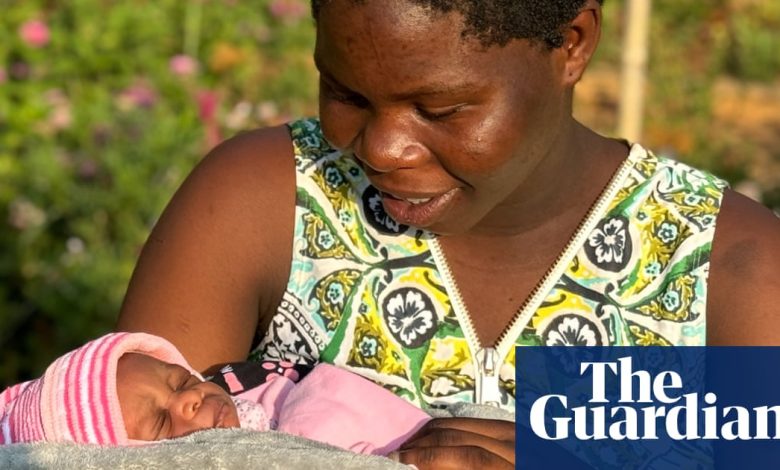How AI monitoring is cutting stillbirths and neonatal deaths in a clinic in Malawi | Maternal health

UWhen Ellen Kapamtengo felt a sharp pain in her lower abdomen, she thought she might be in labor. She was nine months into her first pregnancy and she wasn’t taking any chances. With the help of her mother, the 18-year-old boarded a motorcycle taxi and raced to a hospital in Malawi’s capital, Lilongwe, a 20-minute drive away.
At Area 25 Health Center, they told her it was a false alarm and took her to the delivery room. But things quickly escalated when a routine ultrasound revealed her baby was much smaller than expected for her stage of pregnancy, which could cause asphyxia, a condition that restricts the flow of blood and oxygen to the baby.
In Malawi approx 19 out of 1000 babies die during childbirth or in the first month of life. Birth asphyxia is the leading cause of neonatal death in the country and can mean newborns suffer brain damage with long-term effects, including developmental delays and cerebral palsy.
Doctors reclassified Kaphamtengyo, who was expecting a normal delivery, as a high-risk patient. Using AI-enabled fetal monitoring software, further tests found that the baby’s heart rate was decreasing. A stress test showed that the baby would not survive the birth.
The hospital’s head of maternal care, Chikondi Chiweza, knew she had less than 30 minutes to deliver Kafamtengo’s baby by caesarean section. Having delivered thousands of babies in some of the city’s busiest public hospitals, she was familiar with how quickly a baby’s chances of survival can change during labor.
Chiweza, who gave birth to Kafamtengo’s baby in good health, says the fetal monitoring program has changed the rules for hospital births.
“[In Kaphamtengo’s case]we would only find out what we had done later or with the baby stillborn,” she says.
The software donated by the birth safety technology company PeriGen through a partnership with the Malawi Ministry of Health and Texas Children’s Hospitaltracks the baby’s vital signs during birth, giving clinicians an early warning of any abnormalities. Since they started using it three years ago, the number of stillbirths and neonatal deaths at the center has dropped by 82%. It is the only hospital in the country using the technology.
“The time around birth is the most dangerous for mother and baby,” says Jeffrey Wilkinson, an obstetrician at Texas Children’s Hospital who directs the program. “You can prevent most deaths by making sure the baby is safe during the birth process.”
The AI monitoring system requires less time, equipment and less skilled staff than traditional fetal monitoring methods, which is critical in hospitals in low-income countries such as Malawi, which face acute health shortages. workers. Regular fetal monitoring often relies on doctors performing periodic checks, meaning critical information can be missed at intervals while AI-supported programs perform continuous real-time monitoring. Traditional screenings also require doctors to interpret raw data from different devices, which can be time-consuming and error-prone.
Area 25’s maternity ward sees around 8,000 births a year with a team of 80 doctors. Although only about 10% are trained to perform traditional electronic monitoring, most can use the artificial intelligence software to detect abnormalities, so doctors are aware of any riskier or more complicated births. Hospital staff also say the use of AI has standardized important aspects of maternity care in the clinic, such as interpretations of fetal well-being and decisions about when to intervene.
Kaphamtengyo, who is thrilled to be a new mother, believes the doctor’s intervention may have saved her baby’s life. “They were able to detect that my baby was distressed early enough to act,” she says, holding her son, Justice.
Doctors at the hospital hope to see the technology rolled out to other hospitals in Malawi and elsewhere Africa.
“AI technology is used in many fields, and saving the lives of babies should not be an exception,” says Chiveza. “This can really close the gap in the quality of care that underserved populations have access to.”



